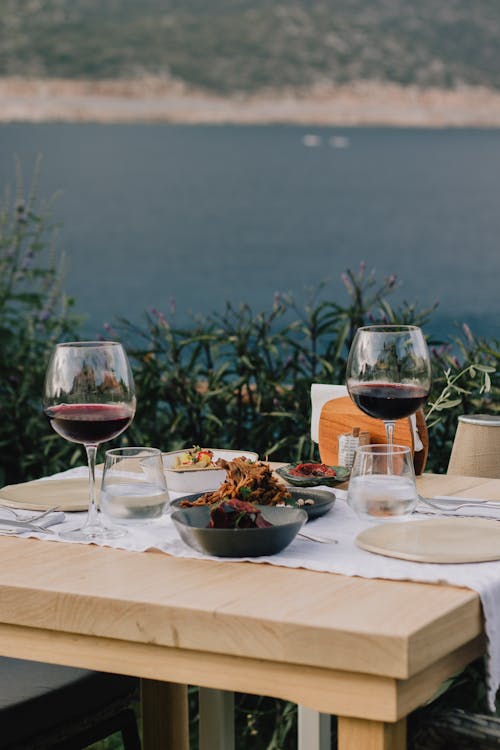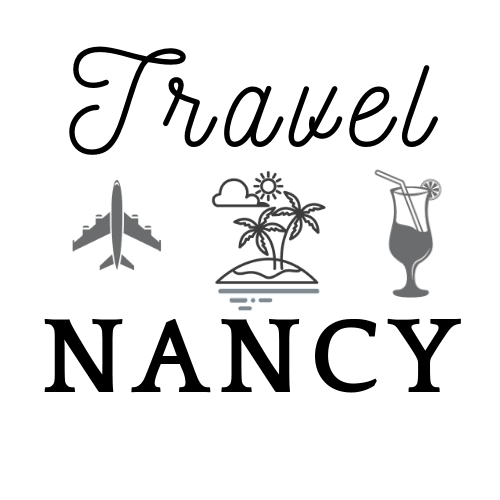Introduction
Gone are the days when skipping alcohol meant settling for sugary sodas or plain water. The non-alcoholic wine industry is booming, and for good reason. Whether you’re pregnant, the designated driver, health-conscious, or simply curious, today’s alcohol-free wines offer sophisticated flavors and experiences that rival their alcoholic counterparts.
With sales increasing by over 300% in the last five years, it’s clear that non-alcoholic wine is more than just a passing trend—it’s becoming a staple in many households. Let’s uncork the world of non-alcoholic wine and discover why it deserves a place in your glass.
What is Non-Alcoholic Wine?

Non-alcoholic wine is exactly what it sounds like, yes wine without alcohol. But don’t be fooled into thinking it’s just grape juice! True non-alcoholic wine begins life as traditional wine, going through the same fermentation process that develops those complex flavors we love. The alcohol is then carefully removed through various techniques while preserving the wine’s character.
By legal definition in most countries, non-alcoholic wine contains less than 0.5% alcohol by volume (ABV)—about the same amount naturally found in many fruit juices. Some brands achieve 0.0% ABV for those who need to avoid alcohol completely.
The Benefits of Choosing Non-Alcoholic Wine
Health Advantages
Non-alcoholic wine retains many of the health benefits of traditional wine without the drawbacks of alcohol consumption. Studies published in the Journal of Cardiovascular Pharmacology have shown that non-alcoholic red wine contains the same heart-healthy antioxidants, particularly resveratrol, that make red wine famous for its potential cardiovascular benefits.
Additional health benefits include:
- Fewer calories (typically 20-30 calories per glass compared to 120-150 in alcoholic wine)
- No hangover or impaired judgment
- Safe for pregnant women and those on medication
- Maintains liver health
- Supports better sleep patterns
Social Inclusion
One of the most overlooked benefits of non-alcoholic wine is the social inclusivity it provides. People who don’t drink alcohol no longer have to feel left out during toasts or food pairings. The ritual of enjoying wine by swirling, sniffing, and savoring , remains intact, allowing everyone to participate in the experience.
How Non-Alcoholic Wine is Made
The production of high-quality non-alcoholic wine is a fascinating blend of traditional winemaking and modern technology. Here’s a simplified look at the process:
- Traditional Winemaking: Grapes are harvested, crushed, and fermented just like conventional wine.
- Dealcoholization: Once the wine is fully fermented, one of several methods removes the alcohol:
- Vacuum Distillation: Gently heats the wine under vacuum to lower the boiling point of alcohol, preserving delicate flavors.
- Reverse Osmosis: Filters the wine to separate alcohol and water from flavor compounds, then reconstitutes without the alcohol.
- Spinning Cone Column: Uses centrifugal force and nitrogen gas to separate volatile compounds.
- Flavor Adjustment: After alcohol removal, winemakers may add back some of the aromatic compounds that were lost in the process.
- Bottling: The final product is bottled, often with as much care as premium alcoholic wines.
The best producers use high-quality wine as their starting point—you simply can’t make excellent non-alcoholic wine from poor-quality wine.
Top Brands and Recommendations
Red Varieties
- Ariel Cabernet Sauvignon – Rich berry flavors and oak notes.
- Luminara Napa Valley Red Blend – Luxurious taste with the pedigree of a top California winery.
- Leitz Eins-Zwei-Zero Pinot Noir – German craftsmanship with bright cherry notes.
White Varieties
- Giesen 0% Sauvignon Blanc – Crisp New Zealand style with classic gooseberry notes.
- Thomson & Scott Noughty Chardonnay – Organic option with elegant apple and citrus profile.
- Surely Sparkling White – Fresh and bubbly with hints of peach and floral notes.
Rosé and Sparkling
- Pierre Zéro Rosé – Delicate berry notes with a dry finish.
- Freixenet Alcohol-Free Sparkling – Celebratory bubbles with classic cava character.
- Sutter Home Fre Sparkling Brut – Widely available with pleasant apple and pear notes.
Pairing Non-Alcoholic Wine with Food
One of the joys of non-alcoholic wine is that it follows many of the same pairing principles as traditional wine. The absence of alcohol actually allows some food flavors to shine more brightly!
Pairing Suggestions:
- Non-alcoholic reds – Grilled vegetables, mushroom dishes, tomato-based pastas, and lighter meat dishes.
- Non-alcoholic whites – Seafood, salads, creamy sauces, and Asian cuisine.
- Non-alcoholic rosé – Mediterranean dishes, light pizzas, and summer salads.
- Non-alcoholic sparkling – Appetizers, brunch dishes, and desserts.
Pro tip: Because non-alcoholic wines often have slightly higher acidity and sweetness, they can pair wonderfully with spicier foods that might overwhelm traditional wines.
Tips for Tasting Non-Alcoholic Wines

To get the most out of your non-alcoholic wine experience, follow these expert tips:
- Serve at proper temperature – Whites and rosés at 45-50°F, reds at 55-60°F.
- Use proper glassware – The shape matters just as much for releasing aromas.
- Expect different body – Without alcohol, the mouthfeel will be lighter—adjust your expectations.
- Look for quality indicators – Price often (but not always) reflects quality.
- Try before committing – Sample different brands to find your preference.
- Decant when appropriate – Some non-alcoholic reds benefit from breathing time.
- Store properly – While most don’t improve with age, proper storage maintains quality.
The Growing Market
The non-alcoholic wine sector is experiencing remarkable growth. According to a 2023 report by Grand View Research, the global non-alcoholic wine market is projected to reach $30 billion by 2030, growing at a CAGR of 7.8%.
Tips for Buying Non-Alcoholic Wine
- Check the dealcoholization method (vacuum distillation generally preserves more flavor).
- Look for products that start with quality wine grapes.
- Be wary of extremely cheap options, which may be more like flavored juice.
- Read reviews from dedicated non-alcoholic wine critics.
- Check sugar content if you prefer drier styles.
Conclusion: The Future of Non-Alcoholic Wine
The non-alcoholic wine category continues to evolve rapidly, with new technologies creating ever-more sophisticated products. As more people embrace mindful drinking, the demand for high-quality alternatives shows no signs of slowing down.
Whether you’re cutting back on alcohol permanently or just for tonight, today’s non-alcoholic wines offer a legitimate alternative that doesn’t feel like a compromise. With continued innovation and growing consumer interest, we can expect the quality and variety to keep improving.
Your Turn to Taste
Have you tried non-alcoholic wine? I’d love to hear about your experiences in the comments below! Which brands have impressed you, and which food pairings have you discovered? Subscribe to our blog for more insights into the exciting world of non-alcoholic beverages, including upcoming reviews, tasting guides, and insider tips from producers.
Remember to share this post with friends who might be curious about exploring non-alcoholic wine—everyone deserves to know about these fantastic options!
